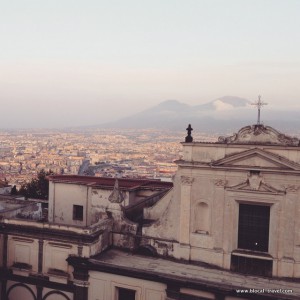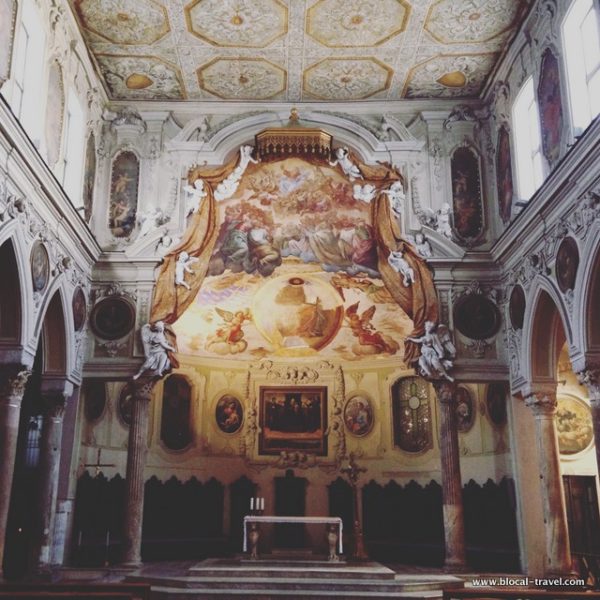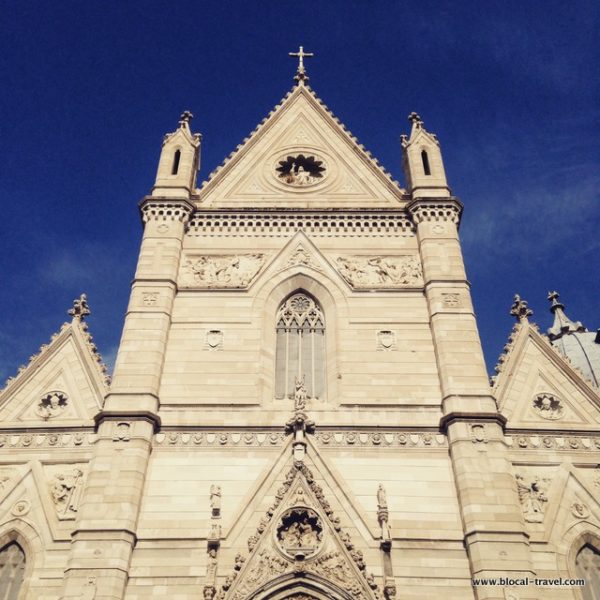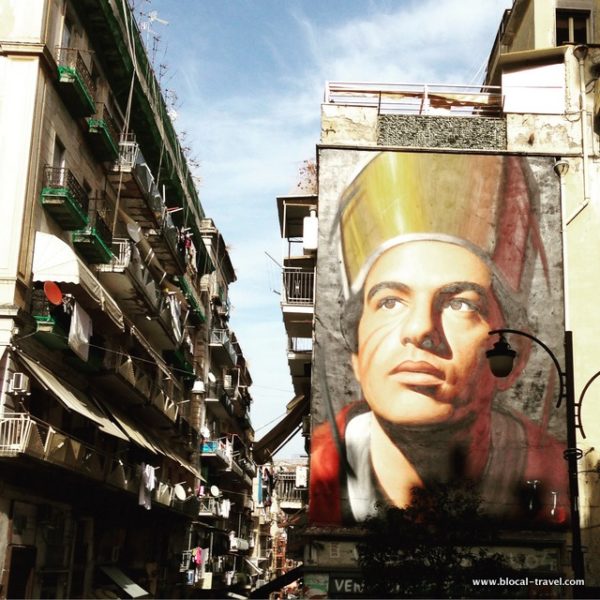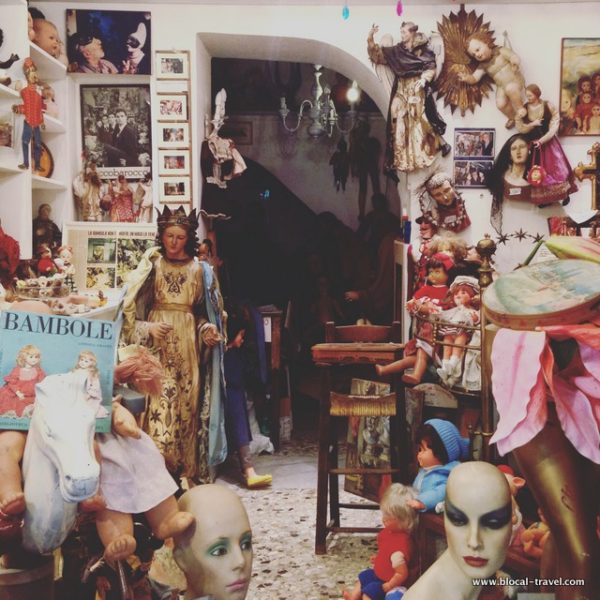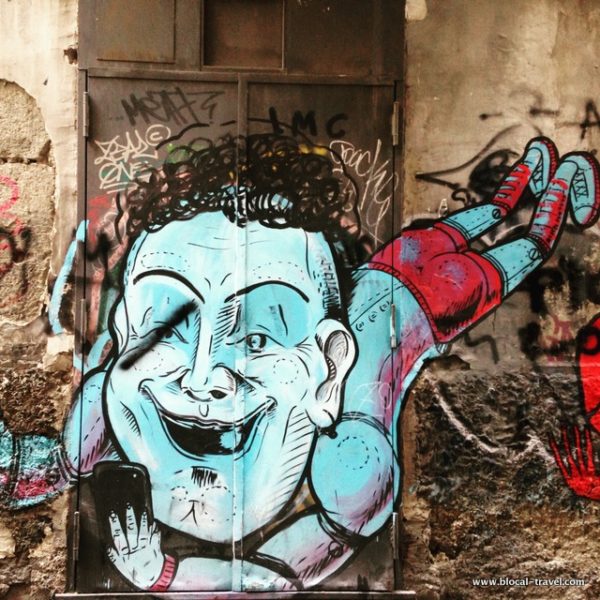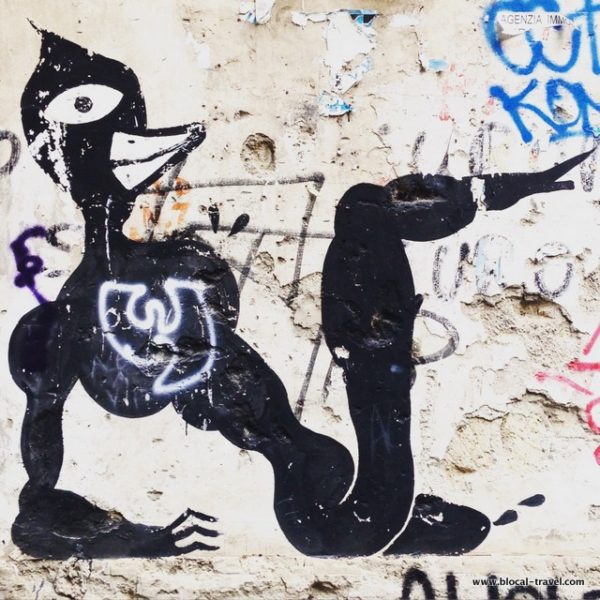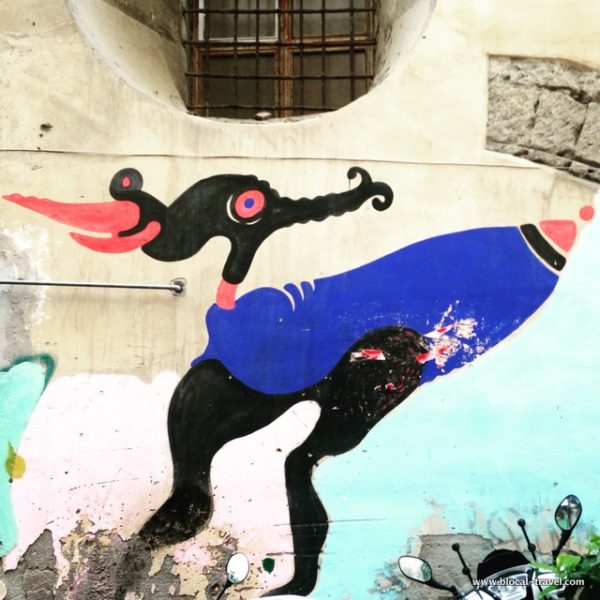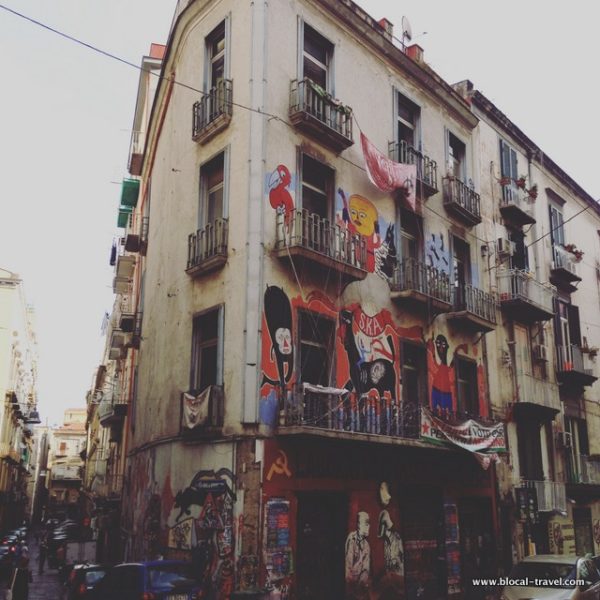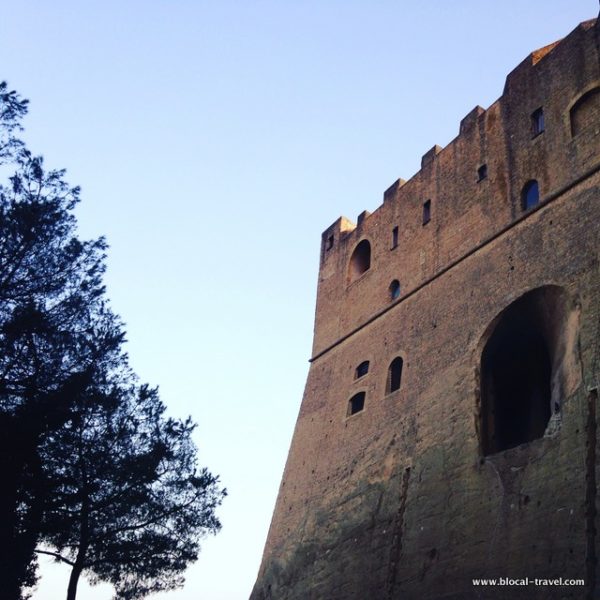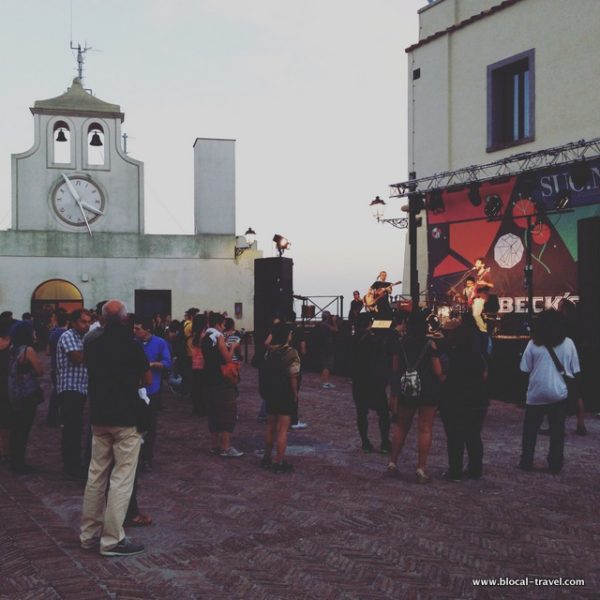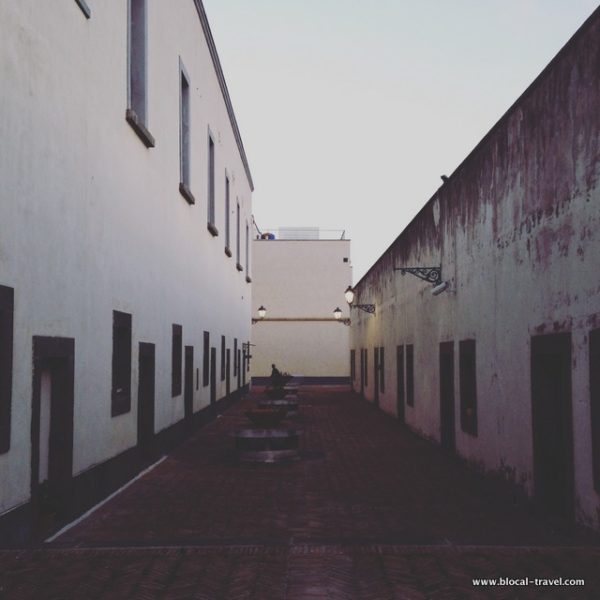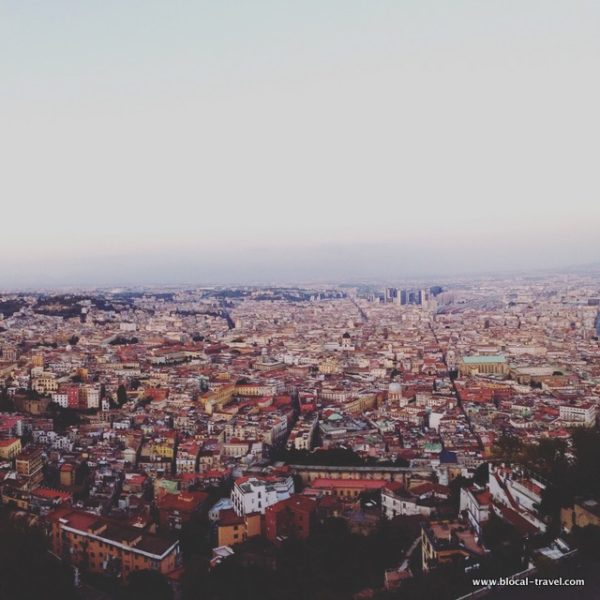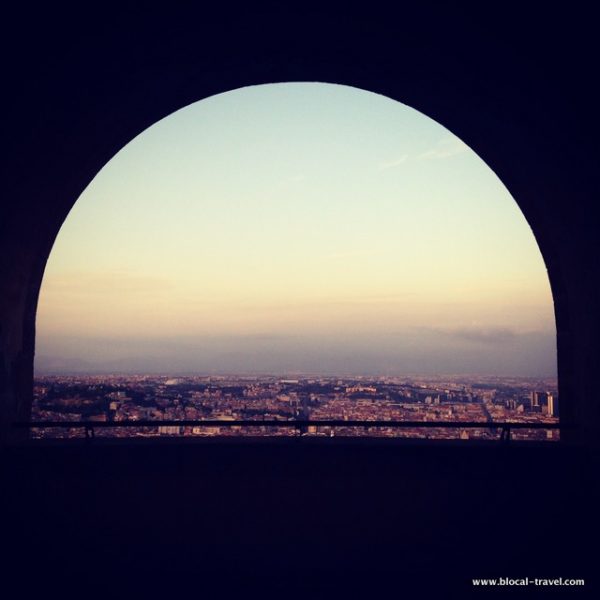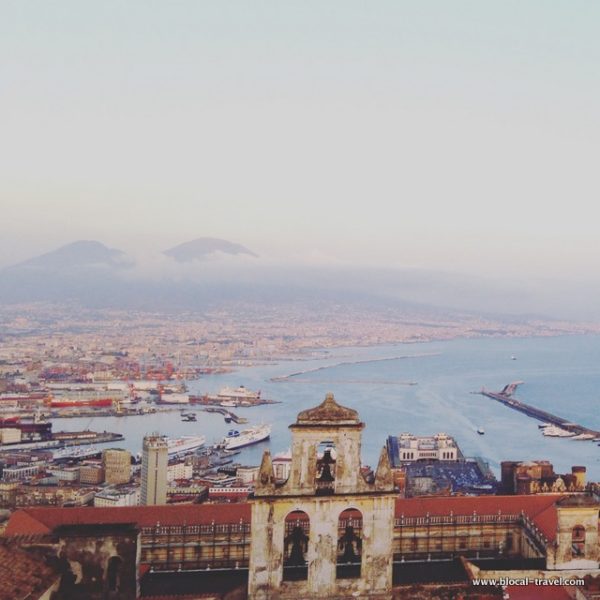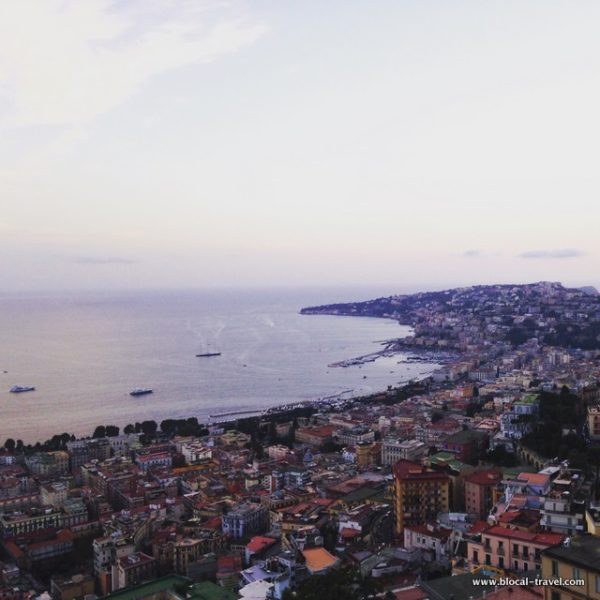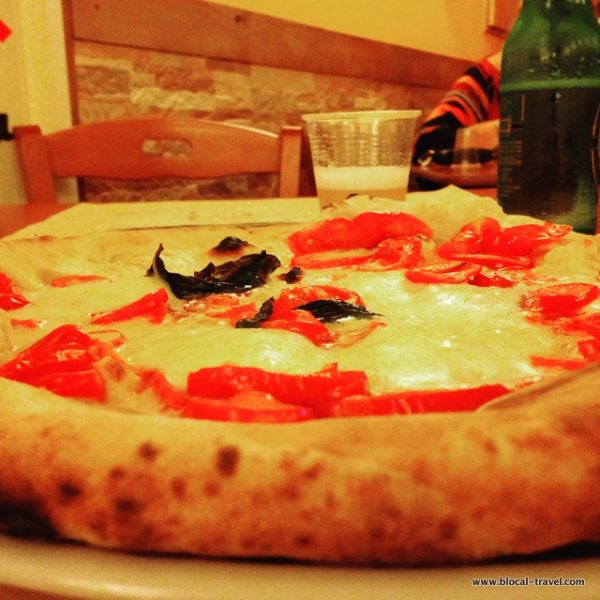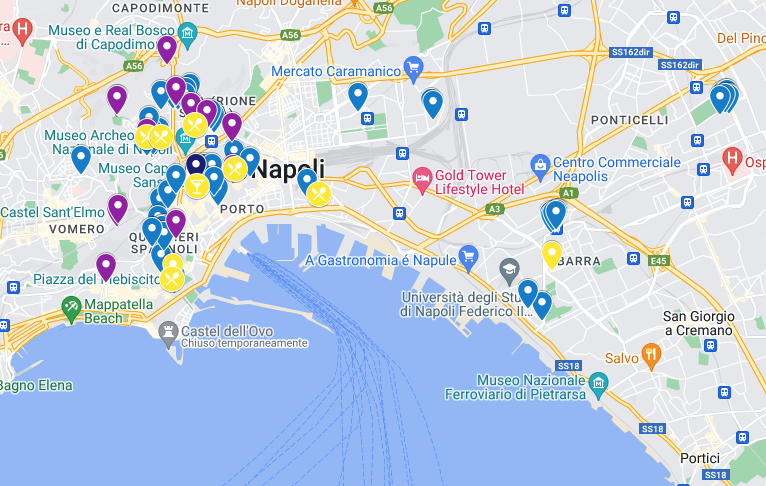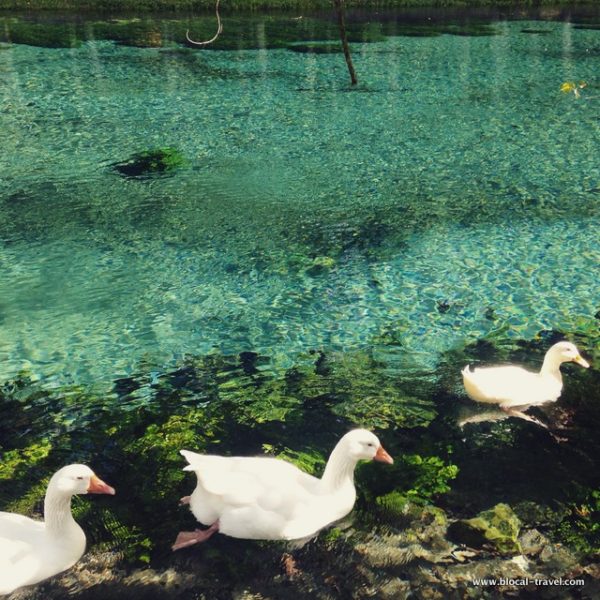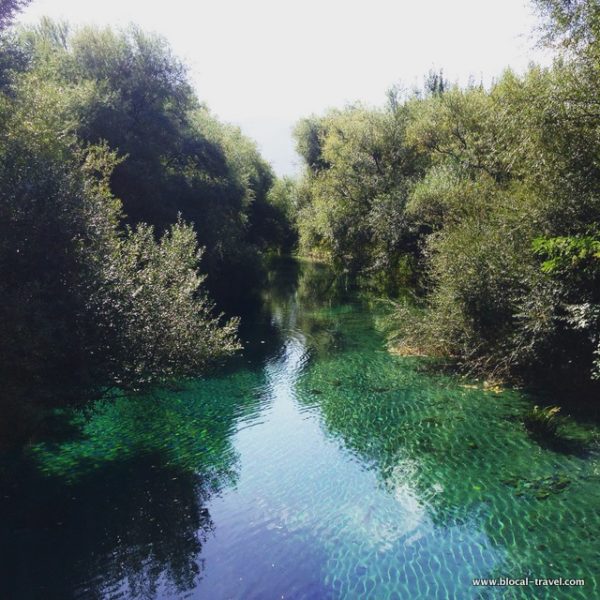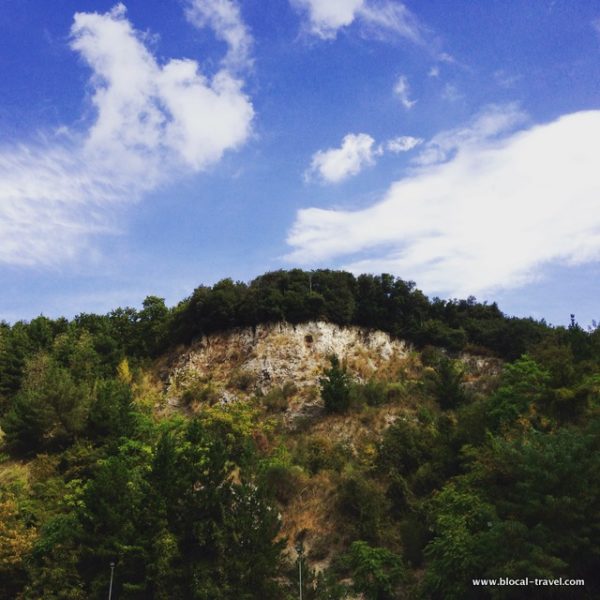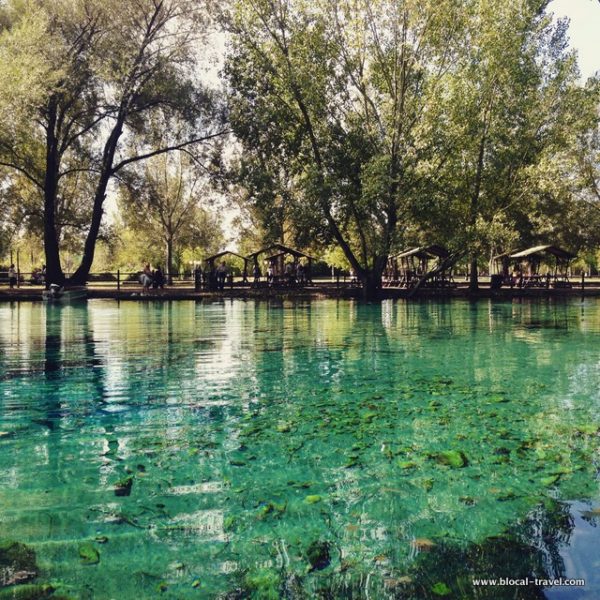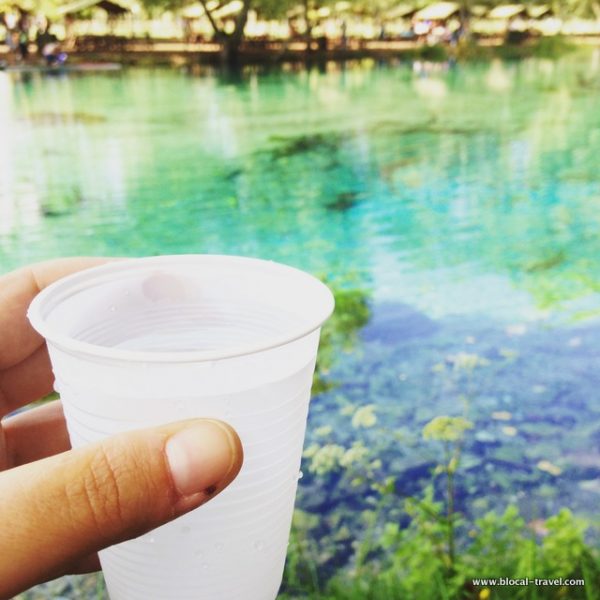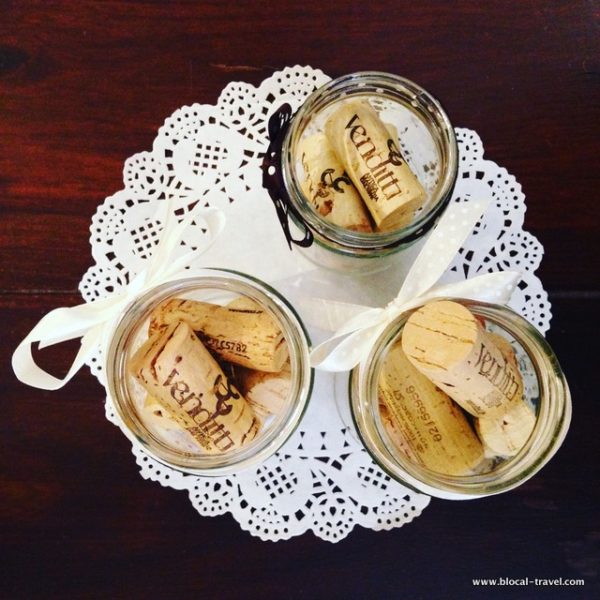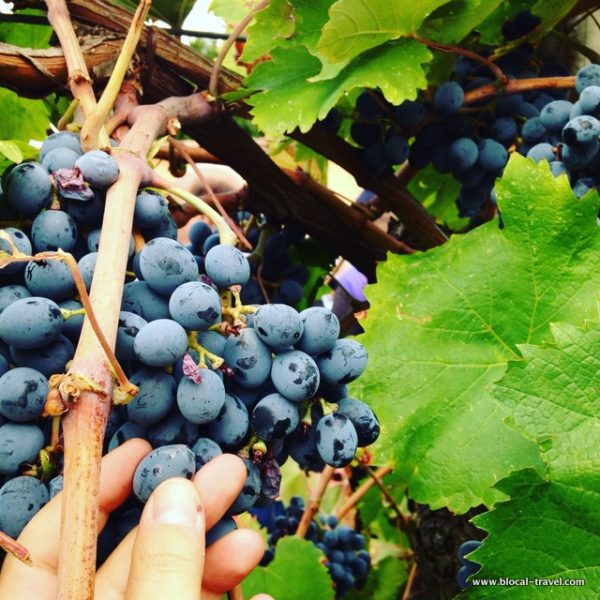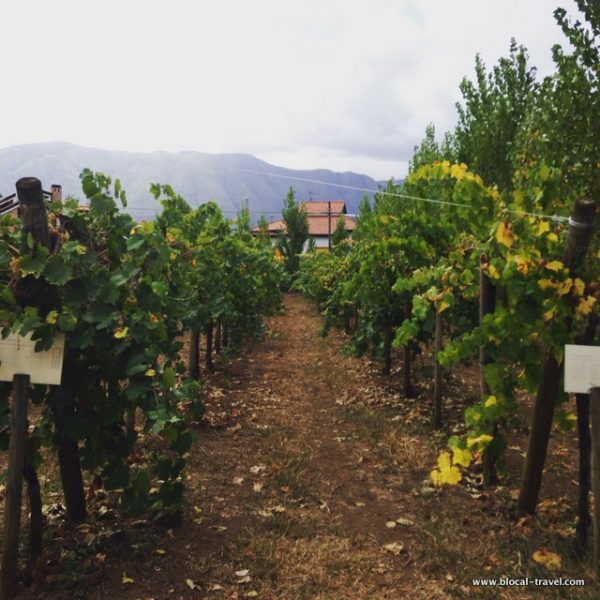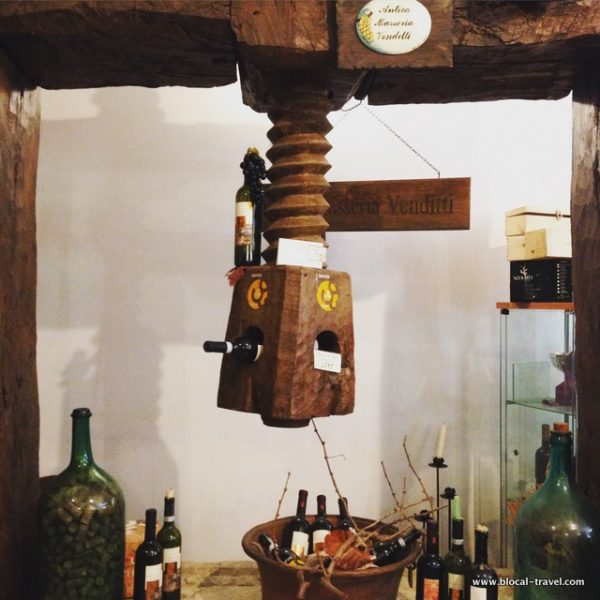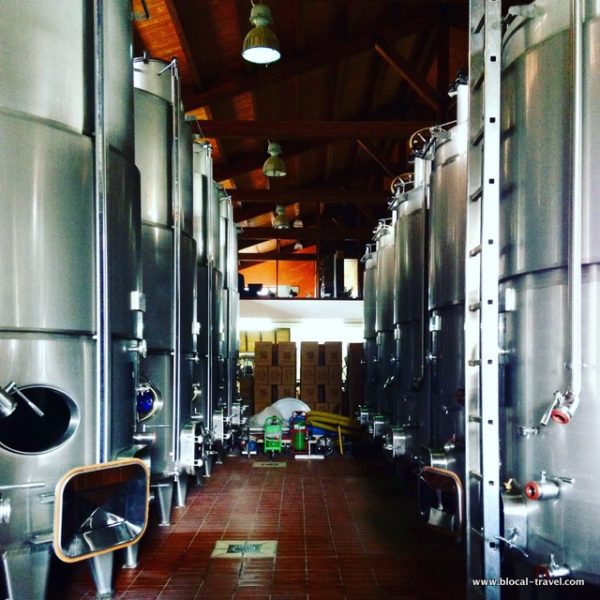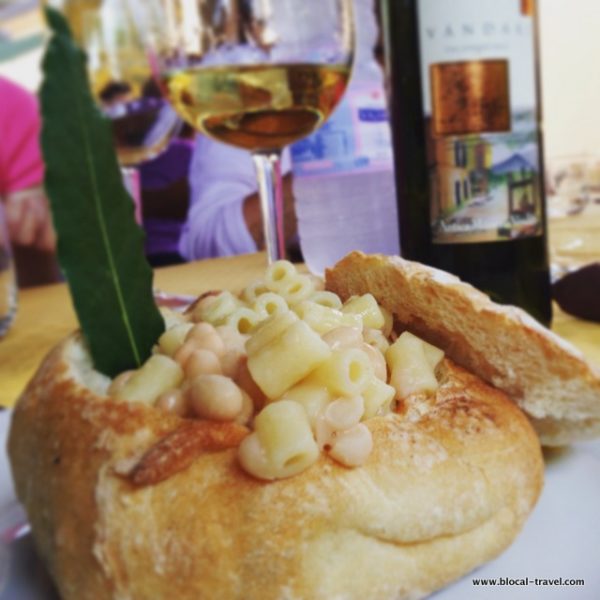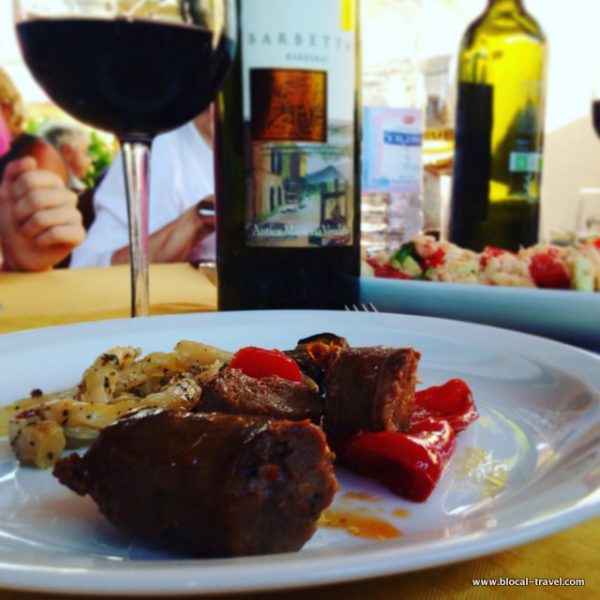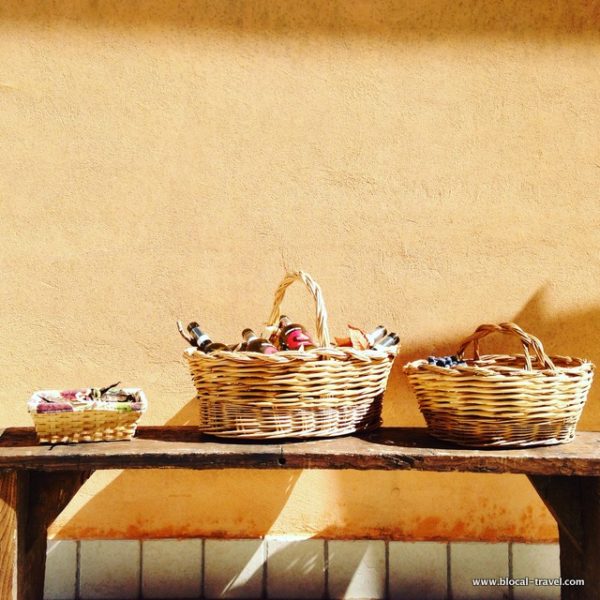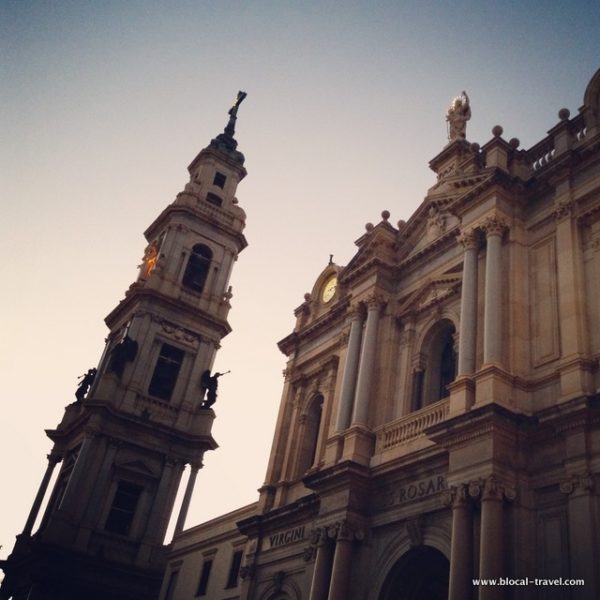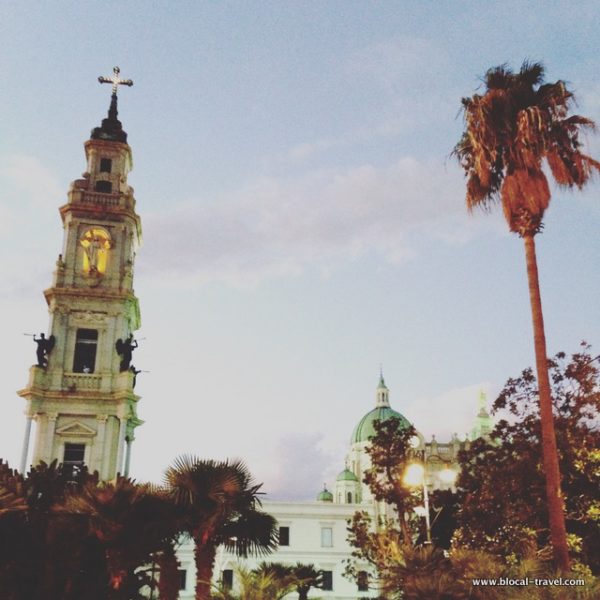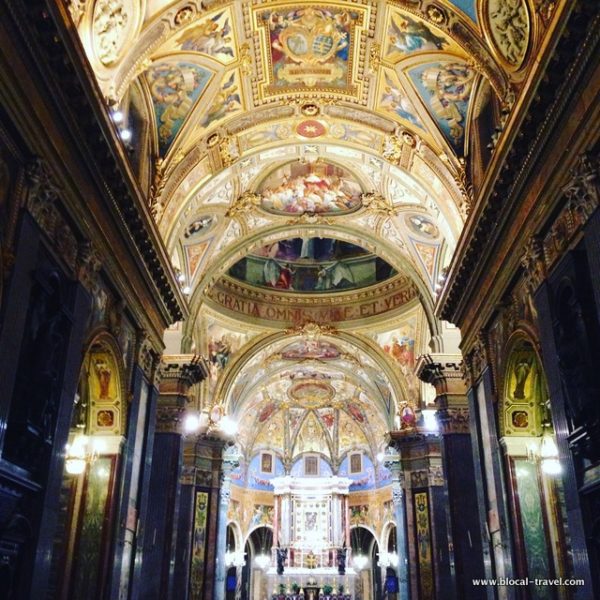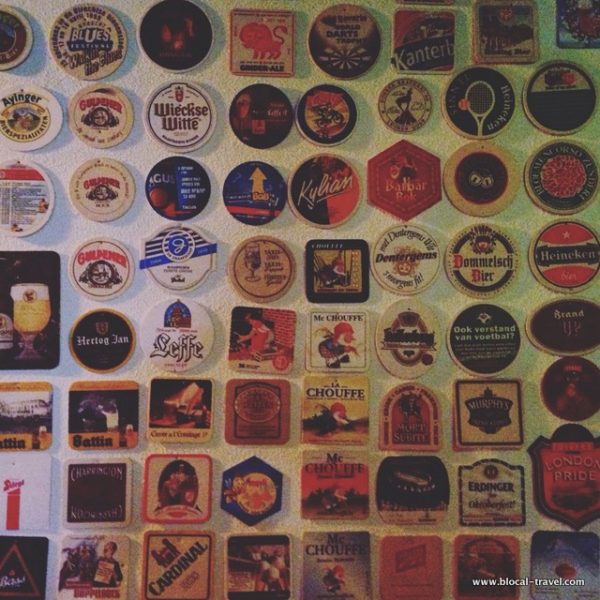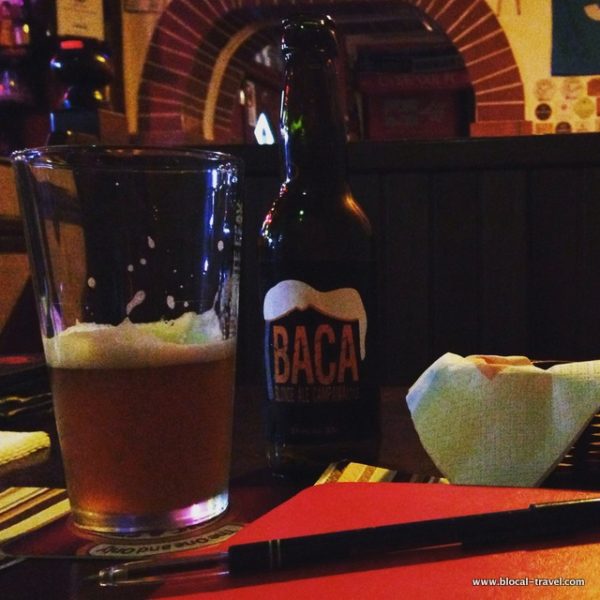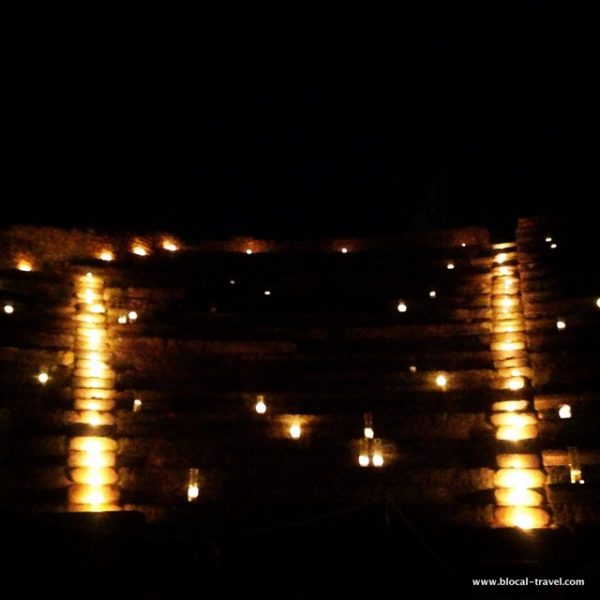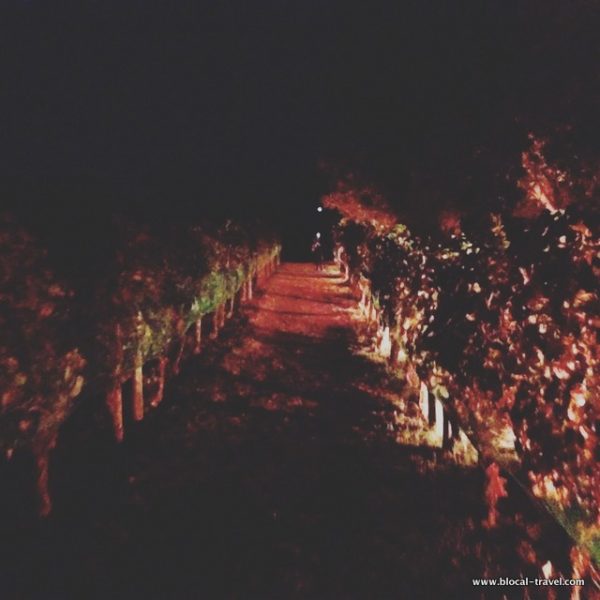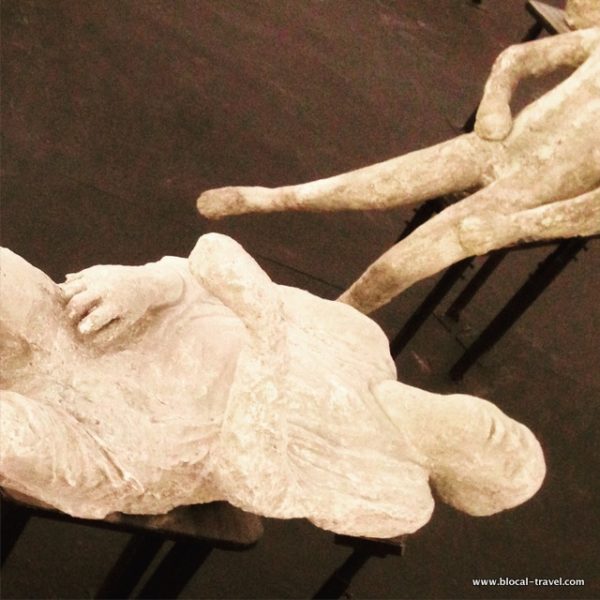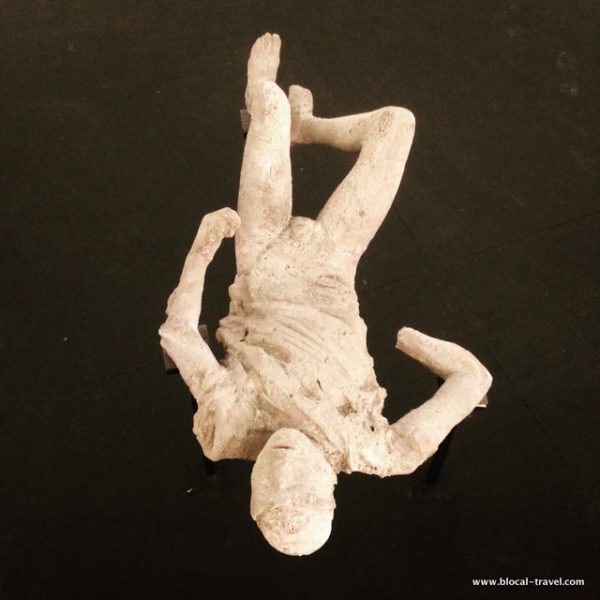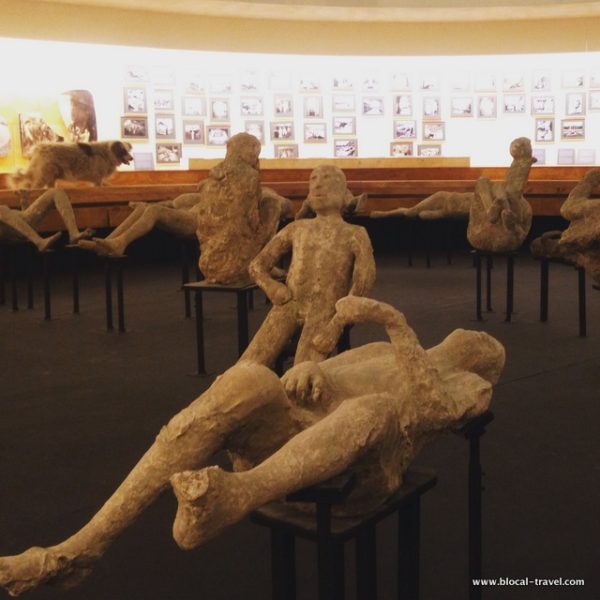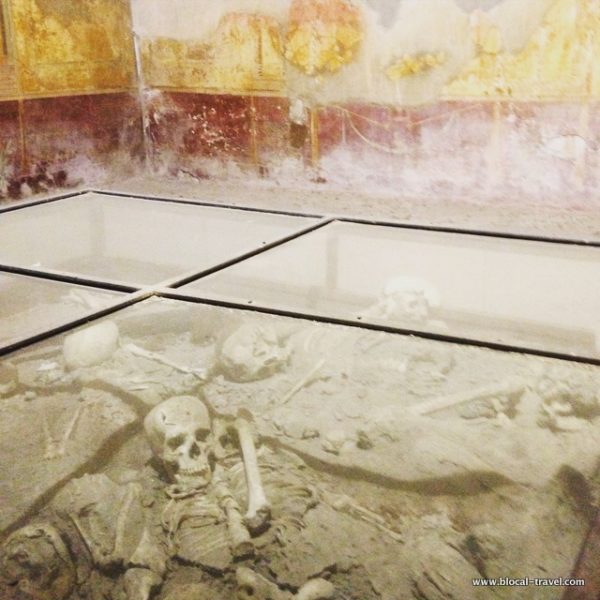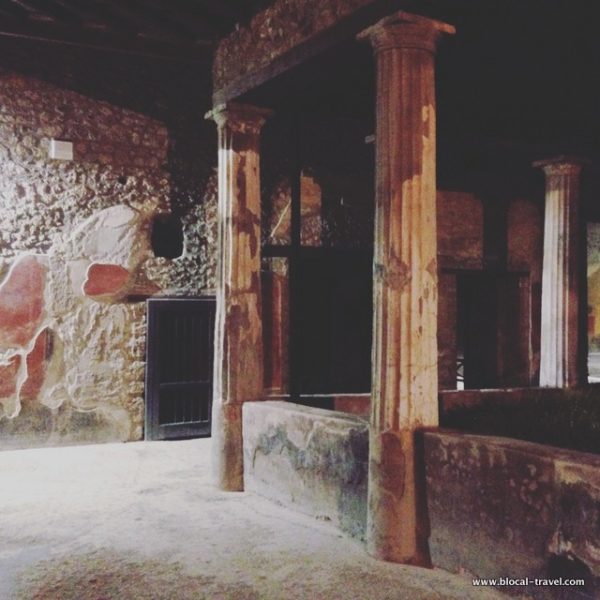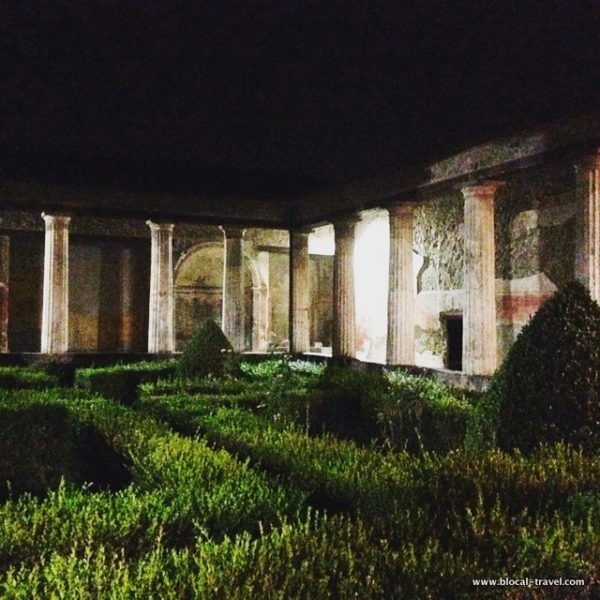I’m back in Naples, and on a very special day too! September 19th is San Gennaro, the patron saint of Naples, and on this day thousands gather in Naples Cathedral to witness the liquefaction of what is claimed to be a sample of Januarius’ blood. If the liquefaction happens fast, it means that is going to be a very prosperous year but, being not superstitious, I was hoping it would have happened somewhere after 4pm, as I was arriving with an afternoon train and I wanted to take part in the procession and witness the alleged miracle.
Unfortunately Januarius didn’t hear my prayer and the liquefaction of his blood happened around 11am; so, by the time I reached the Cathedral, the funniest part of the day was already ended, although there was still a festive atmosphere on Via Duomo, with several food trucks selling cotton candies and other sweets, while AVIS (the Association of Voluntary Italian Blood Donors) was recruiting blood donors in front of the Cathedral –which I found a brilliant idea, btw.
Off-the-beaten-path Naples
Next to the Cathedral there is the Museum of the Treasures of Saint Januarius, a unique collection of art masterpieces that a pool of experts estimated even richer than the crown of England’s Queen Elizabeth II and the Czars of Russia. I didn’t enter the Museum, but I walked a few steps down the street as far as the entrance to the Forcella neighbourhood, where the street artist Jorit Agoch just painted a large-scale mural depicting Januarius as a workman, following Michelangelo’s and Caravaggio’s footsteps and therefore looking for his ‘models’ among real people.
- Read also: Interview with Italian street artist Jorit
- Read also: All About Jorit Murals in Naples
From there, I took Via San Biagio dei Librai to enter that maze of narrow streets which is Naples’ city centre. Here I found the Ospedale delle Bambole (Dolls’ Hospital), a laboratory/clinic where, since the 17th century, restorations of antique dolls are conducted.
Wandering around the city centre I spotted some nice street art by local artists, small works colouring otherwise forgotten alleys.
While I was exploring this part of the town, I spotted a poster promoting a free-entrance concert at Castel Sant’Elmo and, as I didn’t have any special plan for the night, I began climbing my way up to the castle.
The party was nothing special, but the view over the town from the surrounding walls of the castle was breathtaking! Here a few pictures, from any possible angle:
After the first indie band left the stage, I went back downtown to have dinner. As it looks that I am going to be often in Naples this year, I made a point of trying all the best pizzerias in town and, this time, I opted for Sorbillo, a very popular pizzeria that opened in 1935.
[in case you were wondering, last time I ate at Pizzeria Starita]
Explore Naples off the beaten path!
…with my travel and street art map of Naples!
Campania off the beaten path: Wine & Nature
On the next day, I attended another wine-themed tour by Campania Grand Tour. The first stop was a very off-the-beaten-path beauty of the region: the Natural Park of Grassano, an unspoilt oasis near Benevento. The most fascinating thing about the park is the mesmerising colour of the water pouring from several mineral springs, which ranges from emerald green to blue sapphire.
From the park, we went to the Antica Masseria Venditti, a wine cellar in the little village of Castelvenere producing high-quality wines since 1595.
Nicola Venditti welcomed us and showed us the ‘didactic vineyard’, a reproduction of all the types of local grapes that are used to produce his signatures wines. Inside the didactic vineyard, he also reconstructed the traditional straw bale shed, which was used to take shelter from the rain.
After seeing the didactic vineyard I could tell that this place isn’t only about wine production, but especially about wine culture and history.
We visited the actual cellar too, which combines modern technology and ancient tradition, steel and wooden ceilings, and then we sat down under the porch to try the ‘home specials’ by Nicola’s wife Lorenza. During the meal, we drunk three different biologic wines from the cellar:
– Vàndari Falanghina del Sannio DOC 2014: an award winning white wine dedicated to Saint Barbatus of Benevento, who has born here in 602. This wine is clear and fruity (apple, pear), with a long finish and a bright, straw yellow colour; we paired it with a hearty soup of pasta and beans served inside a bread cup.
– Barbera Sannio Barbetta DOC 2012: it is named after an ancestor of Nicola Venditti who saved this wine variety. This wine is aromatic (red berries), full-bodied and dry, with a refined character that sets the wine apart on its own; we paired it with sausages and seasonal cooked vegetables.
– Assenza Barbetta DOC Rosso 2014: this unique natural wine is made without an excessive use of sulphites, yeasts and enzymes (‘assenza’ means ‘lack’ in Italian, as these negative elements that can interfere with the qualitative aspect of wine are missing). This wine is flowery (rose, cyclamen), dry and full-bodied; we paired it with a sponge cake.
Get off the beaten path in Pompeii
Back in Naples, I just had the time to recharge my batteries (both metaphorically and literally) and I went back to the train station, this time heading south, towards Pompeii archaeological excavations. I was supposed to attend a night walk through the UNESCO archaeological site, but I wanted to be in Pompeii earlier to explore a bit of the modern town too, especially its majestic cathedral.
The Shrine of the Virgin of the Rosary of Pompeii was constructed during the 17th century and eventually expanded one century after to accommodate the increasing number of pilgrims coming to venerate the painting of ‘Our Lady of the Rosary’, depicting the Virgin Mary holding Child Jesus and presenting rosaries to Saint Dominic and Saint Catherine of Siena.
As there was a function going on, I couldn’t wander throughout the cathedral and so I figured out I had the time to pay a visit to one more popular place in Pompeii -besides the archaeological site-, which is Pub27 ☺
Pub27 is renowned for serving the best craft beers in the area. Here I tried Baca, a blond ale beer from the nearby brewery Birrificio del Vesuvio -perhaps a bit too bitter for my taste, but still a very good golden beer.
By the time I drunk my beer it was getting dark, so I reached the archaeological site to attend the night tour. As it was the case of the Herculaneum night tour, the tour ‘Pompeii, enchantment at night’ brought us to some archaeological areas usually closed to the public, such as the Vinetum of Foro Boario. The tour was very evocative, with the unique designer lighting playing a big role. I especially loved the Odeion theatre enlightened by hundreds of candles and the green lights lighting the outer arches of the Amphitheatre.
During the visit, we also had the chance to taste a red wine from the same wine company (Mastroberardino) that produces the ‘Villa dei Misteri Rosso Pompeiano IGT’, a unique wine that is made from grapes grown in the archaeological site and produced according to Pompei’s ancient techniques of viticulture.
Entering the wooden pyramid at the centre of the amphitheatre, we visited the exhibition ‘Pompeii and Europe: 1748 – 1943’, a fascinating display of detailed casts of the bodies of citizens of Pompeii at the moment of death.
Last, but not least, we visited the House of Menander, which is named after a well-preserved fresco of the ancient Greek dramatist Menander in a niche in the peristyle.
This house may have belonged to the Poppaei family, related to Poppaea Sabina (Nero’s second wife). The most impressive feature of the house is the peristyle, which is surrounded by large columns in the Doric style.
As it was the case of the night walk in Herculaneum, the night tour of Pompeii allowed me to enjoy an unusual quiet inside the UNESCO archaeological site. We walked in small groups under a starred sky, lightening our path with flashlights, listening to the sound of crickets and breathing in the fresh breeze of early fall.
